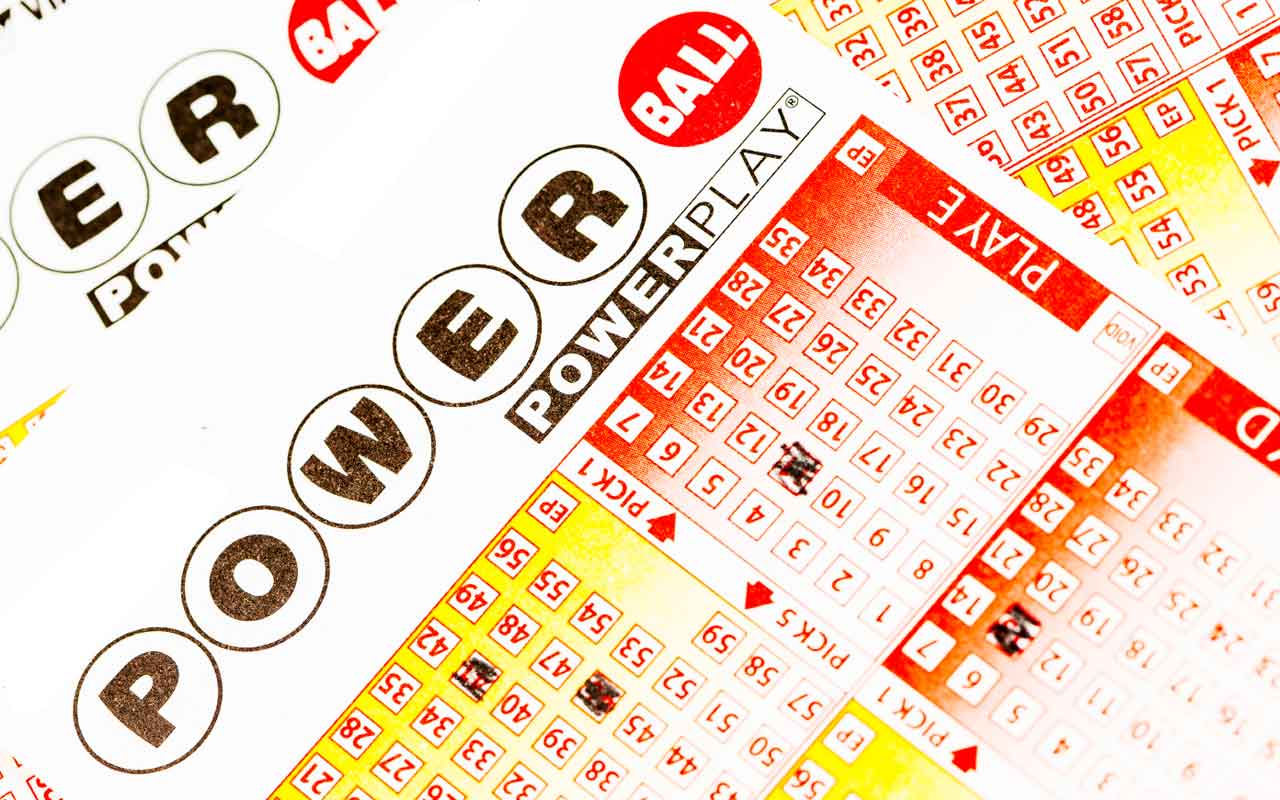Retirement Plans for the Self-Employed
By contributing to any of these plans, you will build a nest egg and lower your tax bill.

I have had an IRA for years (since I left Kiplinger's as a full-time employee and became a contract worker). But as my husband and I estimated our tax bill for 2010, we realized we could save big on taxes if I contributed to other types of accounts, rather than limiting myself to the $5,000 contribution limit on my IRA.
But what retirement-plan options are there for self-employed people other than an IRA? Plenty. And contributions are tax deductible.
Solo 401(k)
From just $107.88 $24.99 for Kiplinger Personal Finance
Become a smarter, better informed investor. Subscribe from just $107.88 $24.99, plus get up to 4 Special Issues

Sign up for Kiplinger’s Free Newsletters
Profit and prosper with the best of expert advice on investing, taxes, retirement, personal finance and more - straight to your e-mail.
Profit and prosper with the best of expert advice - straight to your e-mail.
Maximum contribution: Up to $16,500 plus another 20% of your self-employment income (defined as total business income minus half of your self-employment tax) -- or 25% of your compensation if your business is incorporated -- for a maximum of $49,000.
Best for: Someone who wants to maximize contributions to a tax-deferred retirement plan and has no employees other than a spouse. If a spouse works for the company, he or she can contribute up to $49,000, too.
For a general idea of how much of a contribution you could make based on your self-employment income, use this calculator for a more precise amount. The 401khelpcenter.com has a list of financial firms now providing solo 401(k)s.
SEP IRA
Maximum contribution: Up to 20% of your net self-employment income , for a maximum of $49,000.There's no additional salary deferral, so your income must be at least $245,000 before you reach the $49,000 contribution level.
Best for: High-income business owners who want to maximize contributions through an uncomplicated plan with low fees. You can open and fund a SEP up until your tax filing deadline through a bank, brokerage or mutual fund company. It's easy to set up, and fees are relatively low (less than $100). With the exception of the higher contribution limits, SEPs are subject to the same rules as a regular IRA.
SIMPLE
Maximum contribution: $11,500 (or 100% of income, whichever is less) a year, plus 2% or 3% of income.
Best for: Someone with self-employment income -- particularly from consulting or freelance work -- of $30,000 or less. There's no percentage-of-income limit, but actual dollar limits are much lower than for other plans.
If you earn $30,000, for example, you can contribute up to $12,400 a year if you take advantage of the 3% matching contribution. At that income level, the most you could set aside with a SEP IRA or Keogh (see below) would be $7,500. Plans are offered by banks, brokerage firms and mutual funds.
Keogh
Maximum contribution: 20% of self-employed income, up to a $49,000 maximum.
Best for: Small-business owners who want to provide an incentive for key employees to stay with the firm. A Keogh lets you set up a vesting schedule to encourage employees to stay with your company longer. However, Keoghs have more administrative burdens.
Profit and prosper with the best of Kiplinger's advice on investing, taxes, retirement, personal finance and much more. Delivered daily. Enter your email in the box and click Sign Me Up.

Award-winning journalist, speaker, family finance expert, and author of Mom and Dad, We Need to Talk.
Cameron Huddleston wrote the daily "Kip Tips" column for Kiplinger.com. She joined Kiplinger in 2001 after graduating from American University with an MA in economic journalism.
-
 The Stoic Retirement: Ancient Wisdom for Today's Reality
The Stoic Retirement: Ancient Wisdom for Today's RealityA "Stoic retirement" doesn't mean depriving yourself. It's a character-based approach to life and aging that can bring calm and clarity.
-
 My Teen Crashed His Car and Now Our Insurance Has Tripled. What Now?
My Teen Crashed His Car and Now Our Insurance Has Tripled. What Now?Dealing with the costly aftermath of a teen car accident is stressful. Here are your options for navigating it.
-
 11 Outrageous Ways To Spend Money in Retirement
11 Outrageous Ways To Spend Money in RetirementWhether you have excess cash to spend or want to pretend, here’s a look at 11 ridiculous ways retirees can splurge.
-
 4 Ways to Thwart Elder Abuse
4 Ways to Thwart Elder AbuseCaregiving Being prime targets for scams, seniors need to be vigilant about protecting themselves.
-
 4 Tips to Build a Better 401(k)
4 Tips to Build a Better 401(k)investing Keys to getting the most out of your plan.
-
 5 Better Investments Than Powerball
5 Better Investments Than Powerballsavings Your odds of getting a good return on your money are much higher than winning the lottery.
-
 Get a Cash Bonus for Opening a New IRA
Get a Cash Bonus for Opening a New IRAIRAs Switching jobs or retiring? Some brokerages offer cash incentives for your rollover 401(k) money.
-
 5 Things ‘The Golden Girls’ Can Teach Boomers About Retirement
5 Things ‘The Golden Girls’ Can Teach Boomers About Retirementretirement Whether you’re preparing to retire or already there, this popular sitcom can teach you everything you need to know
-
 12 Best Freebies for Retirees
12 Best Freebies for RetireesMaking Your Money Last Retiree-friendly goods and services are available at no cost – if you know where to look.
-
 Undo Your Social Security Claiming Decision
Undo Your Social Security Claiming Decisionretirement How to reverse an early benefit claim designation.
-
 6 Great Online Financial Tools to Simplify Your Life
6 Great Online Financial Tools to Simplify Your Lifesavings These online resources will help you get your finances in order.